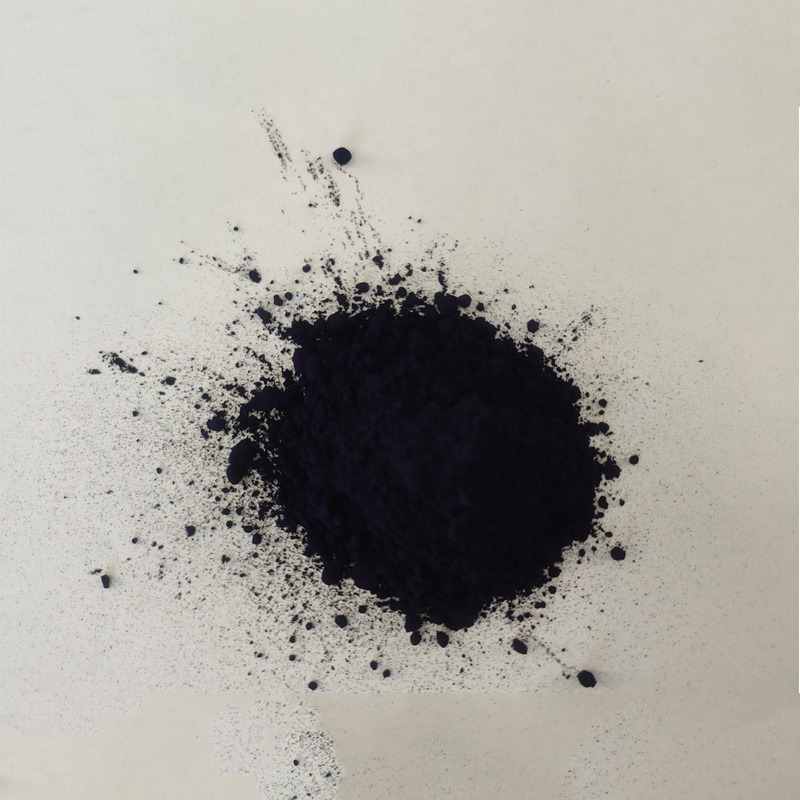Techniques for Setting Indigo Dye in Textile Projects
Fixing Indigo Dye Techniques and Importance
Indigo dye has been revered for centuries, celebrated for its deep, vibrant hues that range from the deepest navy to a soft sky blue. The natural indigo dye comes from the leaves of the indigo plant and has been used in various cultures around the world, from Africa to Asia, for coloring textiles. However, one of the greatest challenges in working with indigo dye is ensuring that the color remains vibrant and doesn't fade over time. This process is known as fixing, and it is crucial for maintaining the integrity of indigo-dyed fabrics.
Understanding the Indigo Dyeing Process
Before delving into fixation techniques, it is essential to understand how indigo is traditionally dyed. The dye itself is not soluble in water in its natural state; it must be reduced to a soluble form through a fermentation process or chemical reduction. This creates a dye bath where the fabric is submerged. Once the fabric is removed from the dye bath and exposed to air, a chemical reaction occurs, turning the dye from a yellow-green color to the familiar blue.
However, the dye molecules can bond loosely to the fabric fibers, which means they can be easily washed away if not properly fixed. This is especially problematic in garments that are frequently laundered, such as denim jeans.
Fixation Techniques
1. Heat Setting Heat setting is one of the most effective methods for fixing indigo dye. After dyeing, fabrics are subjected to heat through various means, such as ironing or using a heat press. The heat helps to create a stronger bond between the dye and the fabric, reducing the likelihood of fading.
2. Mordanting Mordants are substances that help fix dyes to fabrics. While indigo does not traditionally require mordants like some other dyes, using specific chemical fixatives can enhance the dye’s adherence. Common mordants include alum or tannin, which can bind to dye molecules and help them stay in place.
fixing indigo dye

3. Chemical Fixatives In addition to natural methods, modern chemical fixatives can also be used. Products specifically designed for fixing indigo dyes can provide enhanced protection against washing and fading. These fixatives often work by creating a molecular bond with the dye, resulting in fabric that retains its color for a more extended period.
4. Cold Water Rinse After dyeing, rinsing the fabric in cold water can help set the color. Cold water helps to close the fibers of the fabric, trapping the dye inside. It’s essential to avoid harsh chemicals or detergents during this rinse, as they can strip the dye away.
5. Washing with Vinegar Some artisans suggest washing indigo-dyed fabric with a vinegar solution after dyeing. Vinegar can help to set the dye and maintain color intensity. However, care should be taken to balance the vinegar concentrations to avoid any potential damage to the fabric.
Importance of Fixing Indigo Dye
Fixing indigo dye is not merely an aesthetic concern; it plays a critical role in the longevity and sustainability of textile products. For artisans and manufacturers, ensuring that the indigo color is fixed reduces the amount of dye that can wash out during the life cycle of the garment, thus decreasing water pollution and chemical runoff. Additionally, fixed dyes make garments more appealing to consumers, who look for quality and longevity in their purchases.
Moreover, as sustainable and eco-friendly fashion becomes increasingly important, understanding and implementing effective dye fixation methods is critical for preserving traditional dyeing practices while also adapting to modern environmental concerns.
In conclusion, fixing indigo dye is a vital step in the dyeing process that enhances the durability and longevity of fabric. With a variety of techniques available, from heat setting to using chemical fixatives, artisans can ensure that the beautiful indigo hues remain vibrant and striking for many years to come. As the world becomes more conscious of sustainable practices, mastering the art of fixing dyes will become increasingly important for both textile artists and manufacturers alike.
-
The Timeless Art of Denim Indigo Dye
NewsJul.01,2025
-
The Rise of Sulfur Dyed Denim
NewsJul.01,2025
-
The Rich Revival of the Best Indigo Dye
NewsJul.01,2025
-
The Enduring Strength of Sulphur Black
NewsJul.01,2025
-
The Ancient Art of Chinese Indigo Dye
NewsJul.01,2025
-
Industry Power of Indigo
NewsJul.01,2025
-
Black Sulfur is Leading the Next Wave
NewsJul.01,2025

Sulphur Black
1.Name: sulphur black; Sulfur Black; Sulphur Black 1;
2.Structure formula:
3.Molecule formula: C6H4N2O5
4.CAS No.: 1326-82-5
5.HS code: 32041911
6.Product specification:Appearance:black phosphorus flakes; black liquid

Bromo Indigo; Vat Bromo-Indigo; C.I.Vat Blue 5
1.Name: Bromo indigo; Vat bromo-indigo; C.I.Vat blue 5;
2.Structure formula:
3.Molecule formula: C16H6Br4N2O2
4.CAS No.: 2475-31-2
5.HS code: 3204151000 6.Major usage and instruction: Be mainly used to dye cotton fabrics.

Indigo Blue Vat Blue
1.Name: indigo blue,vat blue 1,
2.Structure formula:
3.Molecule formula: C16H10N2O2
4.. CAS No.: 482-89-3
5.Molecule weight: 262.62
6.HS code: 3204151000
7.Major usage and instruction: Be mainly used to dye cotton fabrics.

